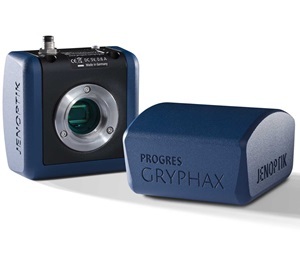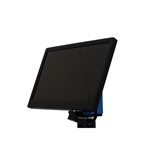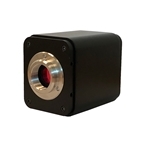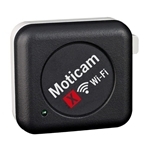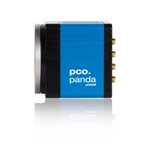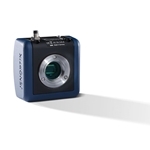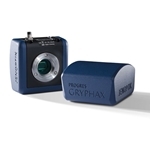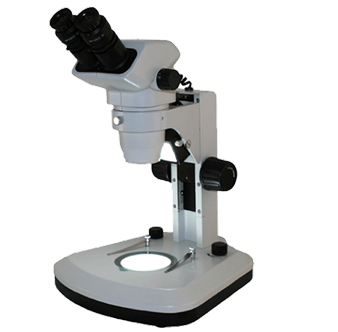Education and Basic Documentation Cameras
6 products
Industrial Application Microscope Cameras
16 products
LCD Display Cameras
3 products
HD High Definition HDMI
3 products
WiFi Cameras
5 products
Research Grade Microscope Cameras
15 products
Fluorescence Applications Cameras
6 products
Scientific Grade Microscope Cameras
11 products


